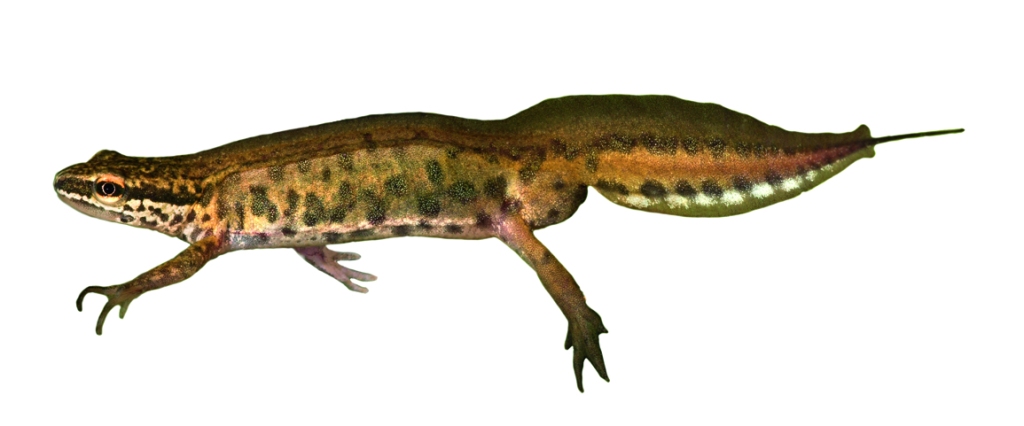In my lab we are using mtDNA barcoding to try to determine from where within the natural range introduced amphibian populations derive from. In the palmate newt, there is basically no genetic variation north of the Pyrenees Mountains. This also means that when people move newts around within this genetically depleted area, you cannot infer that from mtDNA barcoding. This is what we see in the Netherlands: the introduced populations we scanned are genetically indistinguishable from the native populations. However, if people move newts from the Iberian Peninsula to western Europe this immediately stands out. We see this in Belgium, where we detected an Iberian mtDNA barcode inside the native palmate newt range. For more details, check the paper in Amphibia-Reptilia.
Reference: Elfering, R., Mannix, S., Allain, S., Ambu, J. Crochet, P.-A., van Doorn, L., Dufresnes, C., Jehle, R., Julian, A., Kirkpatrick Baird, F., ‘O Brien, D., Secondi, J., Speybroeck, J., Theodoropoulos, A., Stark, T., Wielstra, B. (2024). Extreme genetic depletion upon postglacial colonization hampers determining the provenance of introduced palmate newt populations. Amphibia-Reptilia TBA.

